Our children and their children will be paying for the bad decisions made by our senior medical science and political leaders for decades to come
By Brian Giesbrecht
Senior Fellow
Frontier Centre for Public Policy
 As this wave of the COVID-19 pandemic winds down, we should ask honest questions about our response to it.
As this wave of the COVID-19 pandemic winds down, we should ask honest questions about our response to it.
Although an accurate assessment of the lockdowns – closing schools and businesses – is months away, we need a plan to respond to a likely second fall wave.
The Economist published an essay detailing how closing primary schools has probably caused lifelong harm to much of the student population while widening the inequality gap.
Growing amounts of research suggest that closing schools was a very bad idea. An Australian study shows that COVID-19 doesn’t sicken many children, and children are not effective spreaders of it.
Sweden didn’t close their primary schools, yet experienced no significant infection problem in either their student or teacher populations.
It was a major mistake to close down primary schools, so shouldn’t we reopen them now?
Also, was it necessary to shut down all ‘non-essential’ businesses?
Sweden left business owners and customers to make their own decisions. Our lockdown-and-stay-home approach damaged, if not bankrupted, many small businesses. Sweden left businesses intact and didn’t need the huge government spending that will leave lockdown countries with severely damaged economies.
As for its numbers of deaths, Sweden has done no better or worse than lockdown countries.
Isn’t Sweden’s policy of leaving most decisions to the individual, rather than using state control, proving to be a better approach?
One area where Sweden and Canada both failed is with respect to the elderly and vulnerable. Thankfully, this virus has mainly spared the young, but much more has to be done to those now known to be vulnerable.
And wasn’t the experiment of quarantining the healthy population (and putting the working population on welfare) a massive mistake?
It’s best to protect those either vulnerable or wishing to self-isolate, but allow healthy people to decide how much personal risk they want to take.
Likely there will be a second wave of COVID-19, since the current lockdown approach merely delays the virus.
We’re nowhere near to achieving the desired herd immunity (where the virus dies off because so many people have recovered from the disease and are immune from catching it again). Sweden, closer to achieving herd immunity, will likely not suffer as much as we will.
The good news is that this virus doesn’t appear to be nearly as deadly as first thought. In fact, healthy people might have about as much to fear from getting this virus as they do in getting the regular flu.
It seems we were badly scared by wildly inaccurate models.
Experts like Dr. John Ioannidis and Prof. Michael Levitt of Stanford University saw the mistakes in the forecast of two million American deaths from the beginning.
But our senior medical science and political leaders, who largely represent the last of the boomer class, didn’t listen. Did we panic and follow the wrong ‘experts’?
Going forward, we should keep our heads and follow the pragmatic Swedish approach.
We have, and are, paying a heavy price. Our children and their children will be paying for it for decades. We baby boomers will not be here to watch its end.
Was our panic response the boomers’ last gasp?
Brian Giesbrecht, a retired judge, is a senior fellow at the Frontier Centre for Public Policy.
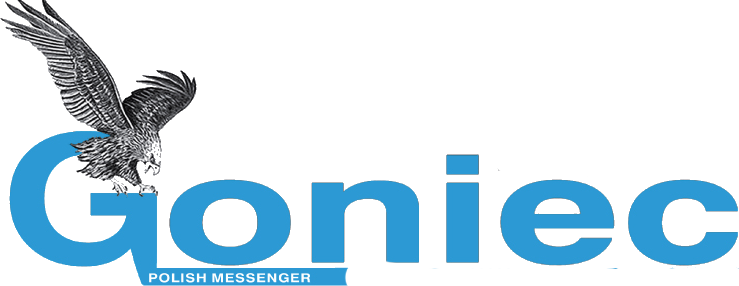


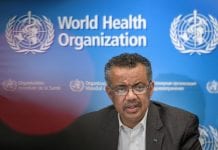


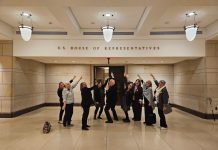

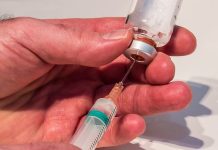






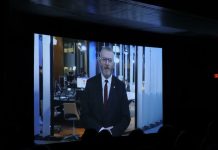
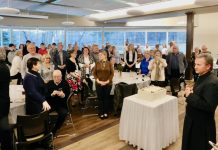








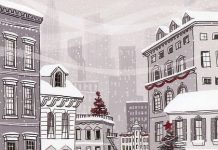
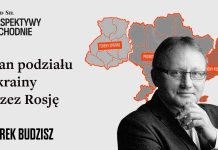









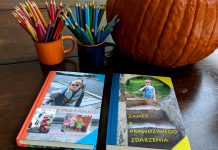
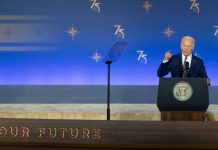
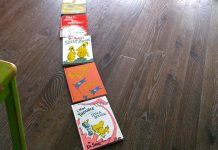
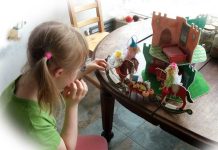








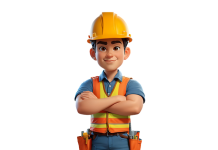



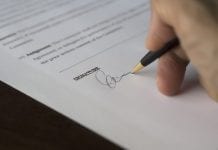






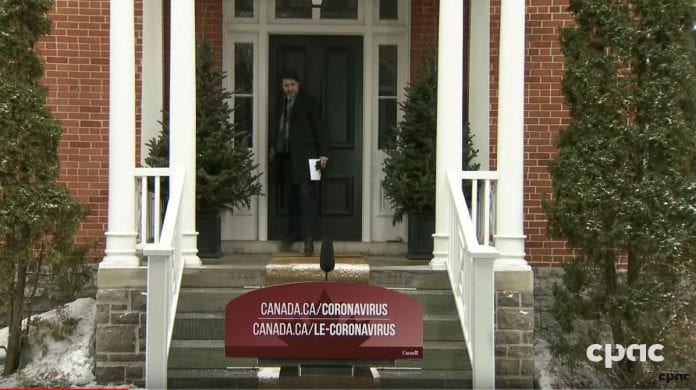


.jpg)

